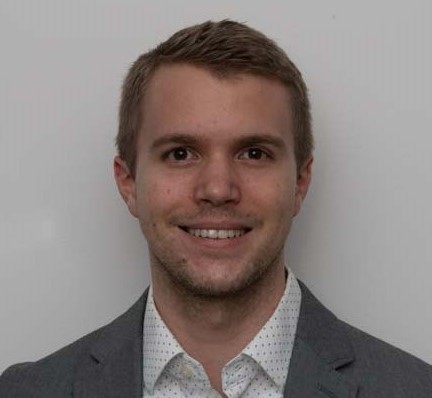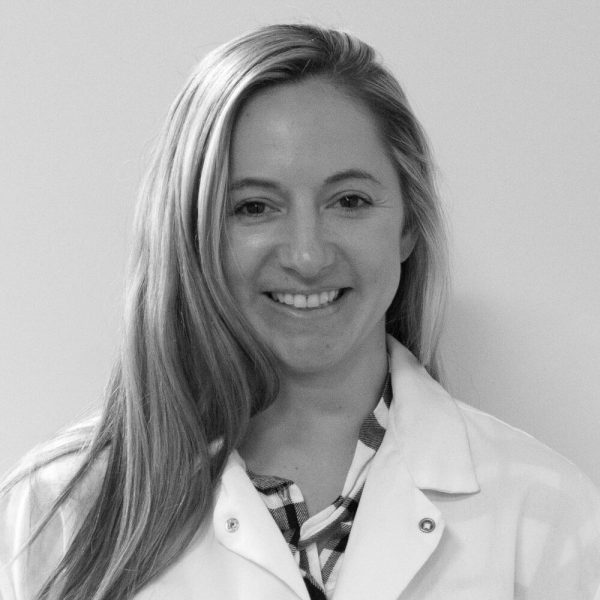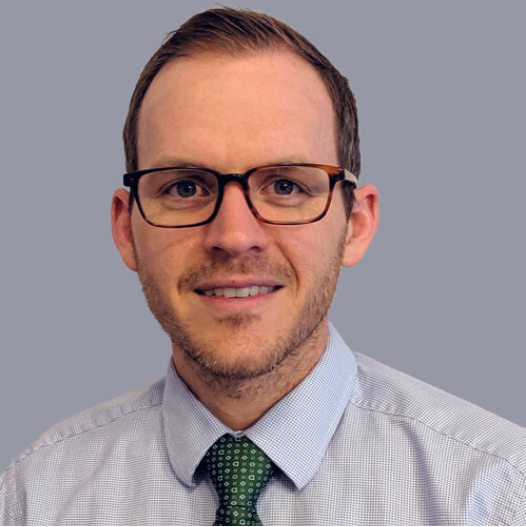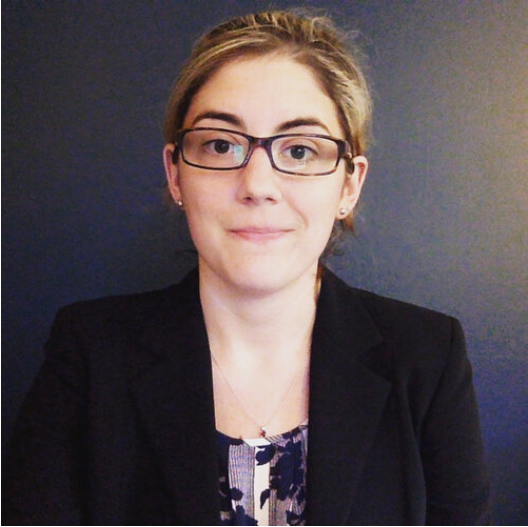Biomedical Research / Scientific Community
Featured Investigators
We’re proud to provide a platform for researchers across the world to explore topics within and adjacent to the single ventricle field. This series specifically highlights the work of early career investigators that are moving the needle in the single ventricle research landscape.
Andrew Hudson, MS
Andrew Hudson is a PhD student in Adam Feinberg’s Regenerative Biomaterials and Therapeutics Group at Carnegie Mellon University in Pittsburgh, PA. Andrew received his B.Sc. in Materials Science and Engineering in 2014 and his M.Sc. in Biomedical Engineering in 2015 from Carnegie Mellon University. Andrew’s research is focused on improving the resolution and vascularization of 3D bioprinted tissues to engineer the next generation of living tissues including human cardiac muscle. Andrew is a co-founder of FluidForm, a CMU-based startup that uses proprietary technology developed by Andrew and his colleagues in the Regenerative Biomaterials and Therapeutics Group, which was published in Science in 2019. Andrew’s goals are to improve the clinical translational potential of tissue engineered therapies and regenerative medicine capabilities, especially for the pediatric population.

Article published November 15, 2021
What inspired you to conduct research in cardiovascular science and to include single ventricle as a focus?
Biomedical engineering was my additional major as an undergraduate and I really enjoy working in medicine indirectly by trying to build future technologies. I first got into 3D bioprinting as a summer researcher at RWTH Aachen University in Germany. When I came back to Carnegie Mellon University for my senior year, I was really impressed with the then-unpublished bioprinting work done by TJ Hinton in Adam Feinberg’s lab and I managed to join the lab for my Master’s and Ph.D. work. My top interests in medicine have always been pediatrics and cardiology, so joining AVCC was a no-brainer. The return in patient years to improving pediatric medicine is the highest of any field and technology in a cardiovascular context also helps tackle the largest cause of death in developed nations.
What motivates you to do what you do?
My grandmother was diagnosed with pancreatic cancer when I was in high school and died several months later. Since then I always wanted to try and improve human health and longevity. I’ve been very lucky to find a field that fits my skill set, interests, and has a very promising future.
Based on your experience, what are some gaps in the field we have yet to fill as a community? What resources and/or groups are needed to close these gaps?
In the context of 3D bioprinting, getting closer to in vivo levels of tissue function is a huge challenge. This is partially due to how the body is very good at developing, growing and maturing tissues naturally, but if we are making a tissue from scratch, we have to start doing a portion of that maturation before implantation. Culturing a large amount of cells (1 billion or more) is quite labor and material intensive for labs doing 2D cell culture. Additionally, the variability in cells or biomaterials from patient to patient or lot to lot makes manufacturing tissues with them a moving target that needs to be pinned down. Lastly, there’s always the question of what regulations and standards these future therapies will be held to.
I think developing the next generation of bioreactors will go a long way in taking a nascent tissue and forming it into one that is more functional to implant it where the body will continue to mature it. There are many groups working on ways to culture cells in 3D, and I hope they can be translated to patient-specific stem cells well. There might not be a solution to patient cell variability, but I think more recombinant or “designer” materials like collagen will become more prevalent and hopefully reduce lot to lot inconsistencies. It’s obvious the FDA will be involved in translating these therapies to the bedside, so a frequent dialogue with them and similar agencies will be crucial.
Research labs at universities will continue to do a lot of work and I think the power of these therapies will attract more and more attention from large medical device and pharmaceutical companies who can help tremendously in developing these technologies further. The FDA will ensure GMP grade systems can be baked into the development of these systems to ensure they produce tissues reliably and safely.
What’s the one thing you wish people knew about this disease?
It requires several significant reconstructive surgeries that are not easy on either the patient or the family.
As an early-career investigator, how do you see collaboration between communities evolving over the years? What would you like to see change?
I think one of the most powerful things AVCC has done is bring academic researchers and clinicians together to round out their views. We academics can get lost in the rabbit hole of scientific investigation and lose track of translation. Talking with physicians helps act as our North Star to keep us heading towards translating these powerful new technologies to the clinic. For physicians I think it’s helpful for them to hear from academics what the very current states of these research fields are without having to wait and read lots of papers in five years. Physicians are also learning what we researchers can and cannot easily biomanufacture which helps guide what projects should be prioritized as low hanging fruit with high impact potential. If anything, there should be more interactions between these two to see what lies in the sweet spot of things physicians need and what researchers can biomanufacture in the near future.
What advice do you have for other early-career investigators looking to get into this space?
The size of these challenges is so large that it’s difficult to do it with just your lab. Look for other groups in this space and think how your technology can improve even one portion of the developmental pipeline and try to fit it in.


